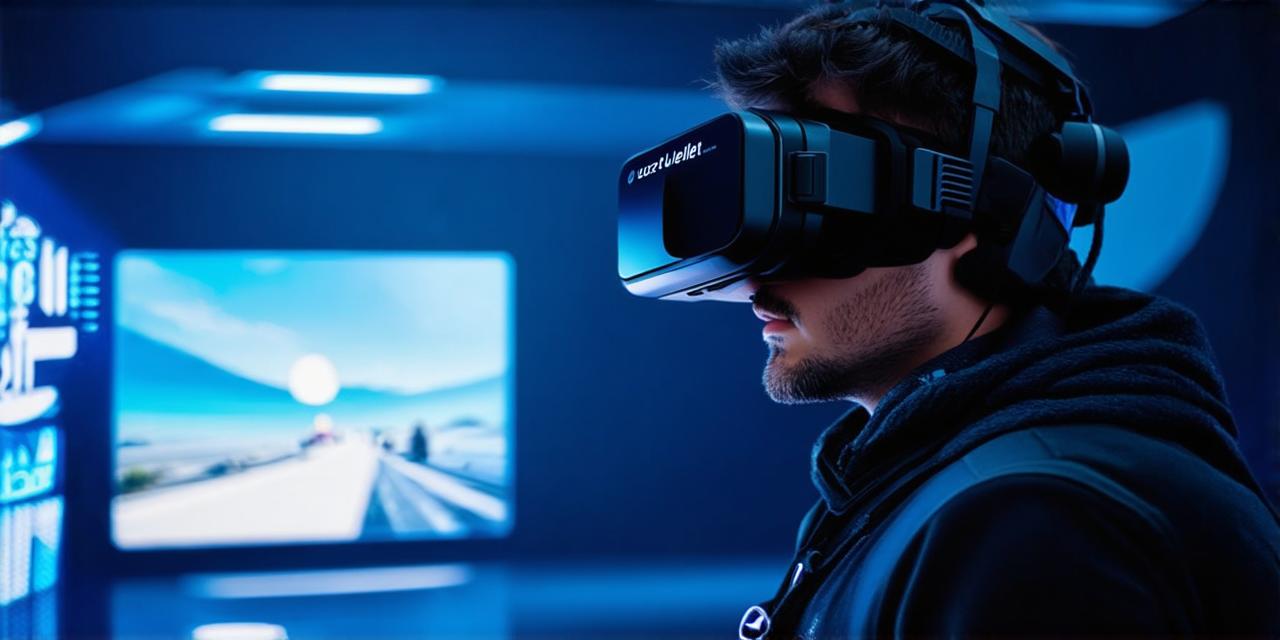
Virtual Reality (VR) movies are becoming increasingly popular as they offer immersive and interactive experiences for users.
The purpose of VR movies goes beyond just entertainment; they also have educational and social purposes. In this article, we will explore the various purposes of VR movies and examine how they can be used to create engaging and informative content for a variety of audiences.
One of the primary purposes of VR movies is to provide an immersive experience that allows users to step into a virtual world and interact with it in real-time. This is achieved through the use of advanced computer graphics, motion tracking technology, and other hardware and software components that create a realistic and engaging environment for users.
For example, VR movies can be used to create realistic simulations of real-world environments such as cityscapes, natural landscapes, or historical sites, allowing users to explore these environments in a way that is not possible with traditional media.
Another purpose of VR movies is to provide a unique and engaging learning experience. By using VR technology, learners can be transported into a virtual environment where they can interact with the subject matter in a more immersive and engaging way.
For example, medical students can use VR simulations to practice surgical procedures, while history students can explore ancient civilizations or historical events in a more interactive and engaging way. This type of learning experience can be especially effective for those who learn through hands-on experiences, as it allows them to directly interact with the subject matter in a way that is not possible with traditional media.
In addition to their educational purposes, VR movies can also be used for entertainment and recreation. For example, VR games can provide an immersive gaming experience that is unlike anything found on traditional gaming platforms.
Similarly, VR experiences can be used to create interactive theater performances or other forms of entertainment that allow users to become a part of the story.
One key factor in the success of VR movies is their ability to create a sense of presence and immersion for users. This is achieved through the use of advanced computer graphics, motion tracking technology, and other hardware and software components that create a realistic and engaging environment for users.
By providing an immersive experience that feels like being physically present in the virtual world, VR movies can create a more memorable and impactful experience for users than traditional media.
In addition to their ability to create a sense of presence and immersion, VR movies can also be used to create a sense of empathy and understanding by allowing users to experience things from different perspectives.
For example, a VR movie that simulates the experiences of a person with a disability could help people gain a better understanding of what it is like to live with that disability. Similarly, a VR movie that simulates the experiences of a refugee or other displaced person could help people gain a better understanding of the challenges and difficulties faced by these individuals.
Finally, VR movies can also be used to create a sense of social connection and community. By allowing users to interact with each other in a virtual environment, VR movies can create a sense of community and social interaction that is not possible with traditional media.
This can be especially effective for people who are isolated or have difficulty connecting with others in real life, such as those with disabilities or those living in remote areas.
In conclusion, VR movies offer a unique and exciting way to explore the world around us, learn new things, and connect with others. Whether used for education, entertainment, or social interaction, VR movies have the potential to create a more memorable and impactful experience for users than traditional media.
By continuing to innovate and push the boundaries of what is possible with VR technology, developers can help shape a new and exciting future for virtual reality movies.
